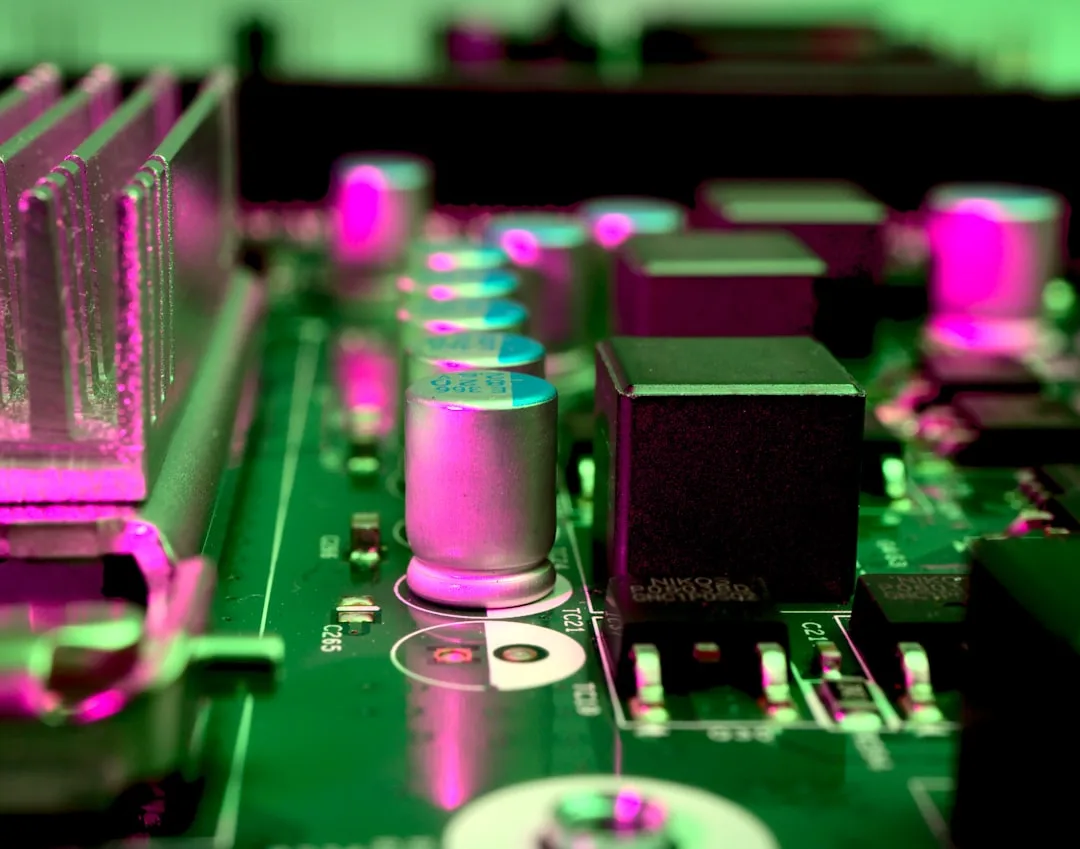
Newsletter Subscribe
Enter your email address below and subscribe to our newsletter

Enter your email address below and subscribe to our newsletter

Boost DevOps Efficiency with AI-Powered Automation
In the ever-evolving landscape of DevOps, the quest for efficiency is relentless. As organizations grapple with the complexities of infrastructure management, deployment strategies, and continuous integration and delivery, the introduction of AI-powered automation is a game-changer. This article explores how AI can turbocharge DevOps processes, offering insights, tools, and best practices to enhance your operational toolkit.
DevOps teams face numerous challenges, from managing sprawling infrastructure to ensuring rapid, error-free deployments. The pressure to innovate quickly while maintaining system reliability is immense. Traditional automation techniques, while effective, often fall short when dealing with the unpredictability of modern software environments. Increasingly, teams are turning to AI-powered solutions to bridge this gap, harnessing machine learning algorithms and intelligent automation to optimize workflows and predict potential issues before they escalate.
As organizations scale, so too does their infrastructure. Managing a multitude of environments, handling configuration drift, and coordinating across distributed teams can lead to bottlenecks and inefficiencies. AI-powered tools promise to alleviate these issues by providing predictive analytics, anomaly detection, and smart recommendations, allowing teams to focus on innovation rather than firefighting.
GitHub Actions is a powerful automation tool that can streamline your CI/CD pipelines. By integrating AI capabilities, such as automated code reviews and predictive build optimizations, GitHub Actions can significantly reduce development cycle times. For instance, leveraging GitHub’s machine learning models can help automatically flag potential security vulnerabilities or code quality issues, ensuring that only the most robust code makes it to production.
Example:
name: CI/CD Pipeline
on:
push:
branches: [main]
pull_request:
branches: [main]
jobs:
build:
runs-on: ubuntu-latest
steps:
- uses: actions/checkout@v2
- name: Set up Node.js
uses: actions/setup-node@v2
with:
node-version: '14'
- name: Install dependencies
run: npm install
- name: Run tests
run: npm test
- name: Predictive Analysis
uses: github/codeql-action/analyze@v1
with:
category: security
Terraform is a popular choice for infrastructure as code (IaC), allowing teams to define and provision infrastructure using a declarative configuration language. By integrating AI, Terraform can offer enhanced functionalities such as automated drift detection and intelligent resource scaling. Tools like HashiCorp Sentinel can be used to enforce policies and automate compliance checks, ensuring that your infrastructure remains secure and compliant.
Example:
resource "aws_instance" "web" {
ami = "ami-0c55b159cbfafe1f0"
instance_type = "t2.micro"
dynamic "tags" {
for_each = var.environment == "production" ? ["production"] : ["development"]
content {
Name = "web-server-${tags.value}"
}
}
}
# AI-Powered Drift Detection
resource "aws_s3_bucket" "bucket" {
bucket = "my-unique-bucket-name"
force_destroy = true
lifecycle {
prevent_destroy = true
}
}
ArgoCD is a declarative, GitOps continuous delivery tool for Kubernetes. By incorporating AI, ArgoCD can provide predictive insights into deployment health and automatically rollback changes in case of anomalies. This ensures high availability and reliability in your Kubernetes environments, reducing downtime and enhancing user satisfaction.
Example:
apiVersion: argoproj.io/v1alpha1
kind: Application
metadata:
name: guestbook
spec:
destination:
namespace: default
server: https://kubernetes.default.svc
source:
path: guestbook
repoURL: https://github.com/argoproj/argocd-example-apps
targetRevision: HEAD
project: default
syncPolicy:
automated:
prune: true
selfHeal: true
retry:
limit: 3
backoff:
duration: "5s"
factor: 2
maxDuration: "3m"
To visualize how AI can integrate into traditional DevOps workflows, consider the following diagram:
+------------------+ +------------------+ +------------------+
| Code Repository | -> | GitHub Actions | -> | Deployment |
| | | (AI-enhanced) | | (ArgoCD) |
+------------------+ +------------------+ +------------------+
\ / ^
\ / |
\ / |
\ / |
\ / |
+---------+ |
| Terraform (AI-enhanced) |
+--------------------------------+
This workflow demonstrates how AI-enhanced tools can collaborate to provide a seamless, automated CI/CD pipeline, from code validation to deployment.
For more insights into DevOps automation, check out our guides on Infrastructure as Code and the CI/CD cheat sheet. These resources offer step-by-step tutorials and best practices to help you implement effective automation strategies.
As AI continues to evolve, the concept of “NoOps” — where operations are fully automated and require minimal human intervention — gains traction. While the complete elimination of operations teams is unlikely, AI-driven automation is reducing the manual burden, allowing engineers to focus on strategic initiatives rather than routine maintenance.
Dive deeper into AI-powered DevOps with our comprehensive IaC tutorial or explore our recommended affiliate products to enhance your automation stack. Empower your DevOps journey with cutting-edge tools and insights from RuntimeRebel.